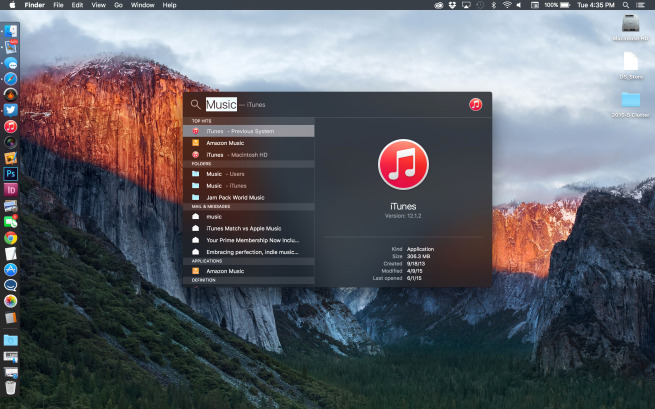Mac OS X El Capitan and iOS 9: Apple's new strategy is legacy support.
The aftermath of Apple’s WWDC 2015 is starting to feel like a series of small aftershocks after an earthquake. Just when we think it’s over, more details resurface that let us understand a bit more about Apple’s new strategy.

The difference between Steve Jobs’ Apple and Tim Cook’s, is starting to come into focus, no more than ever, with design choices and philosophies that surprised “old-school” Apple fans.
One such change is a newly-found focus on legacy compatibility. In the old days, every OS update was very much centered around new hardware, and new devices, often leaving older products in less than ideal working conditions. In the past year we have seen a change in that trend, and lately the effects are tangible, with iOS 9’s support for devices as old as the iPhone 4 and iPad Mini. That was only the beginning, as we now learn that the brand new, upcoming iteration of Mac OS X, El Capitan, will support 8 years old Mac products.
The list of supported devices for El Capitan includes:
- iMac (Mid-2007 or newer)
- MacBook (13-inch Aluminum, Late 2008), (13-inch, Early 2009 or newer)
- MacBook Pro (13-inch, Mid-2009 or newer), (15-inch, Mid / Late 2007 or newer), (17-inch, Late 2007 or newer)
- MacBook Air (Late 2008 or newer)
- Mac Mini (Early 2009 or newer)
- Mac Pro (Early 2008 or newer)
- Xserve (Early 2009)
On one hand, we must realize that Microsoft is not the only company that had to undergo an image change to stay current. Though not as radical as Microsoft, Apple has been suffering from a slight crisis during a time where competition from Google and Microsoft has gained considerably more ground than expected. In addition, a decline in PC sales has been a contributing factor in Apple’s choice of supporting devices already in the hands of consumers. Supporting devices as old as the 2007 iMac certainly helps retaining customer loyalty, which, ironically, has long been a Microsoft strategy.
Now, it seems that the roles are reversed: while Microsoft is moving forward with an all-mobile approach, Apple is working on supporting older devices, and retaining existing customers.
The logic behind the behavior can be traced back to the difference between Microsoft and Apple’s business models. Microsoft, being primarily a software company focusing on third party hardware, has found its way into being a product manufacturer as well, but its own proprietary hardware market share is still smaller than Apple, and it will still be so for a long time, until Microsoft solidifies its position in the design of consumer devices, as Apple has done for decades.
With a portfolio of devices like the MacBook, iMac, Mac Pro, and the full range of iOS devices, Apple is in the perfect position to work with existing owners of older products, and retain their presence within the ecosystem.